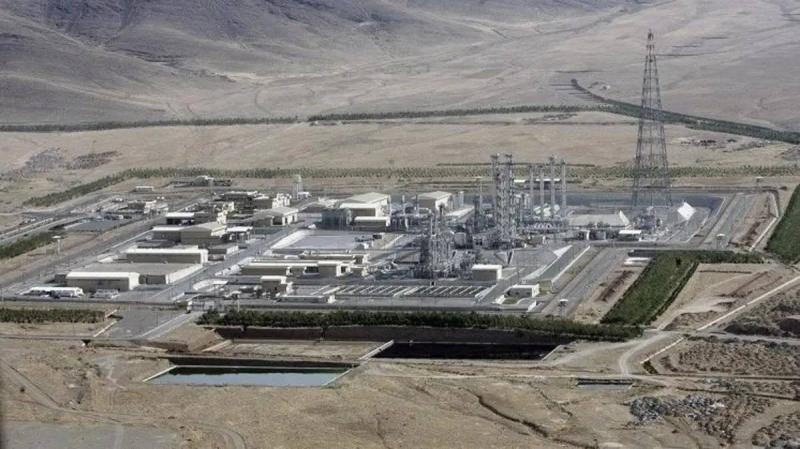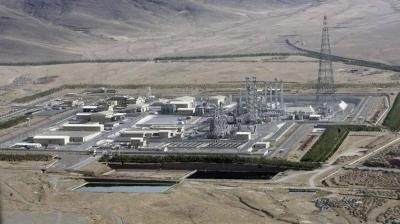After years since the Stuxnet virus infiltrated the main uranium enrichment facility in Natanz, Iran, and the questions it raised at the time, a Dutch investigative report by "De Volkskrant" has revealed the identity of the engineer who crippled the nuclear facility, shedding light on one of the incidents in the series of "exchange blows" between Tehran and the West.
Erik van Sabben, a Dutch engineer who, in collaboration with the Israeli intelligence service Mossad and the American CIA, managed to infiltrate one of the most fortified Iranian facilities, achieved his goal by introducing virus-contaminated equipment into the Natanz nuclear facility and installing it on water pumps.
The Stuxnet worm, which cost a billion dollars to develop, is a "malicious" computer program that targets widely used industrial control systems manufactured by the German company Siemens AG, exploiting security vulnerabilities in the Microsoft Windows operating system.
### Details of the "Shutdown" of the Natanz Nuclear Facility
In 2007, Sabben, an agent of the Dutch General Intelligence and Security Service, introduced virus-contaminated devices and equipment into the Natanz facility, which resulted in the largest blow to the Iranian nuclear weapons program eight months later. The Dutch engineer, married to an Iranian, had traveled to Iran several times and previously worked for a transport company that sent spare parts for the oil and gas industry in Iran.
At the end of 2008, Sabben traveled with his family to Iran for a 10-day end-of-year holiday, but the day after their arrival, he asked his family to leave immediately. Two weeks after his mysterious departure from Iran, he died in a motorcycle accident.
"De Volkskrant" mentioned that the release of the virus, which later affected other countries, marked the onset of a "digital war," stating that its spread would lead to an escalation of the arms race online. The Stuxnet virus raised alarms in Iran about the dangers of relying on imported software and spare parts, which are widely used in its nuclear and military facilities.




